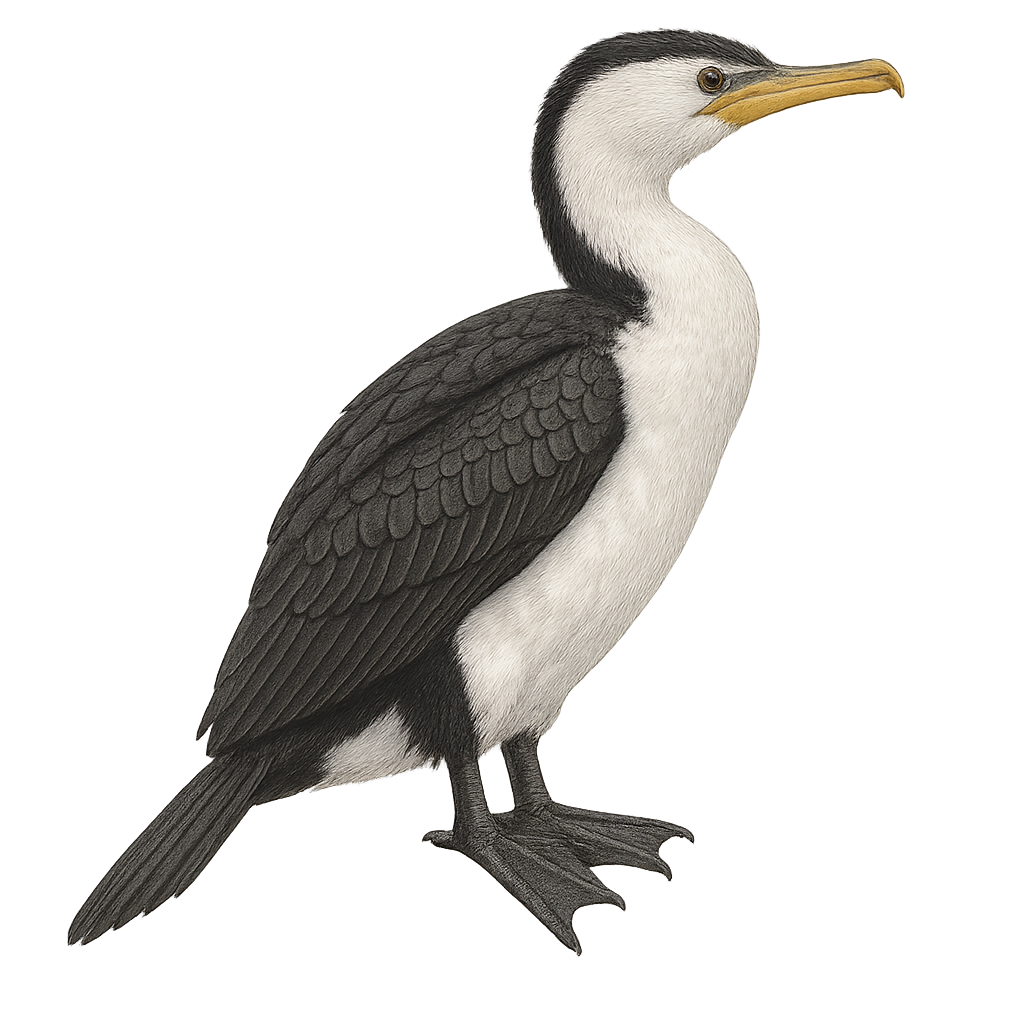Your wildlife photography guide.
Explore the little pied cormorant in detail, study its behavior, prepare your shots.
Where to observe and photograph the little pied cormorant in the wild
Learn where and when to spot the little pied cormorant in the wild, how to identify the species based on distinctive features, and what natural environments it inhabits. The WildlifePhotographer app offers tailored photography tips that reflect the little pied cormorant’s behavior, helping you capture better wildlife images. Explore the full species profile for key information including description, habitat, active periods, and approach techniques.
Little Pied Cormorant
Scientific name: Microcarbo melanoleucos

IUCN Status: Least Concern
Family: PHALACROCORACIDAE
Group: Birds
Sensitivity to human approach: Suspicious
Minimum approach distance: 10 m
Courtship display: August to December
Incubation: 25-30 jours
Hatchings: August to January
Habitat:
Lakes, rivers, estuaries
Activity period :
Primarily active during the day, with peak activity in the morning and late afternoon.
Identification and description:
The Little Pied Cormorant, Microcarbo melanoleucos, is a small aquatic bird known for its striking black and white plumage. It primarily inhabits freshwater bodies but can also be found in estuaries and coastal areas. Its slender, hooked bill is well-suited for catching small fish and aquatic invertebrates. During the breeding season, it nests in colonies, often in trees or shrubs near water. The Little Pied Cormorant is a social bird, frequently seen in small groups, and is noted for its diving fishing technique. Although widespread, it is sensitive to habitat disturbances.
Recommended lens:
400mm – adjust based on distance, desired framing (portrait or habitat), and approach conditions.
Photography tips:
To photograph the Little Pied Cormorant, choose early morning hours when the light is soft. Use a 400mm or longer telephoto lens to capture details without disturbing the bird. Look for areas where they rest after fishing, often on branches or rocks near water. Be patient and discreet to achieve natural shots.
The WildlifePhotographer App is coming soon!
Be the first to explore the best nature spots, track rutting seasons, log your observations, and observe more wildlife.
Already 1 430 wildlife lovers subscribed worldwide

